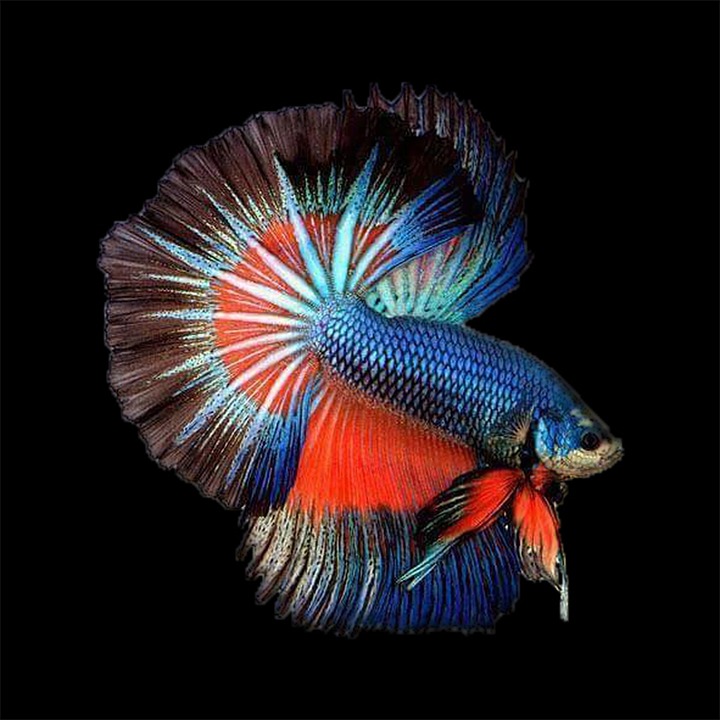Promoting Natural Fish Response to Tank Water Changes
Understanding Fish Behavior and Tank Water Changes
Fish behavior can be influenced by various factors, including the quality of their habitat. As responsible fish keepers, it is our duty to ensure that our aquatic companions experience a healthy and stress-free environment. One crucial aspect of maintaining a suitable habitat is managing tank water changes effectively. In this article, we will explore how to promote a natural fish response to these changes, ensuring the well-being of your aquatic pets.
Why are Tank Water Changes Important?
Regular tank water changes are essential for maintaining optimal water quality. Over time, waste products, excess nutrients, and chemical imbalances can accumulate, leading to poor water conditions. These unfavorable conditions can stress fish, compromise their immune systems, and even lead to diseases. By performing routine water changes, we can remove these harmful substances, ensuring a healthier and more vibrant aquarium ecosystem.
Understanding Fish Behavior During Water Changes
Fish, like any other living creatures, can experience stress and anxiety when faced with environmental changes. This is particularly true during tank water changes, as the disturbance can disrupt their accustomed surroundings. Understanding how fish typically respond to these changes is crucial in promoting a natural and stress-free environment.
1. Initial Panic: When water changes begin, fish may exhibit initial signs of panic. They might dart around the tank, become more skittish, or hide. This behavior is a natural response to their environment being altered.
2. Acclimation Phase: As fish adapt to the changing conditions, they will gradually become more accustomed to the altered water parameters. During this phase, fish may exhibit reduced activity and seek shelter in familiar hiding spots.
3. Recovery and Normalization: Once the water change is completed and the tank parameters stabilize, fish will gradually return to their usual behavior. They will resume exploring their environment, interacting with tank mates, and displaying their natural behaviors.
Promoting Natural Fish Response to Tank Water Changes
While fish may experience stress during water changes, there are several steps we can take to minimize their anxiety and promote a more natural response to these alterations:
1. Gradual Approach: Instead of changing all the water at once, consider performing smaller, more frequent water changes. This gradual approach allows fish to adapt more easily to the changing conditions.
2. Temperature Consistency: Keep the replacement water at a temperature similar to the aquarium’s current water. Sudden temperature changes can shock fish and induce stress.
3. Use Water Conditioners: Adding a quality water conditioner to the replacement water helps neutralize harmful chemicals, such as chlorine or chloramines, reducing stress on fish during the water change process.
4. Maintain Consistent Water Quality: Regularly testing the water parameters and ensuring they remain within the optimal range will help minimize sudden fluctuations. Stable water conditions contribute to a more natural and stress-free environment for fish.
5. Provide Hiding Spots: During water changes, fish may seek shelter in familiar hiding spots to alleviate stress. Ensure your aquarium provides sufficient hiding places, such as caves, plants, or driftwood, where fish can feel safe.
FAQs about Promoting Natural Fish Response to Tank Water Changes
1. How often should I perform water changes?
– The frequency of water changes depends on various factors, such as tank size, fish species, and stocking levels. As a general guideline, performing 10-20% water changes every 1-2 weeks is recommended.
2. Can I use tap water directly for water changes?
– Tap water contains chlorine and chloramines, which can be harmful to fish. Using a water conditioner to neutralize these chemicals is crucial before adding tap water to your aquarium.
3. Should I remove fish from the tank during water changes?
– In most cases, there is no need to remove fish during water changes. However, some sensitive species may benefit from temporary relocation to a separate container with properly conditioned water.
4. How long does it take for fish to adjust to water changes?
– Fish typically adjust within a few hours to a day after water changes. However, some fish may take longer, especially if they are more sensitive or the changes were substantial. Patience is key during this adjustment period.
Remember, by promoting a natural fish response to tank water changes, you are ensuring the overall health and well-being of your aquatic companions. By implementing these simple steps and being mindful of their behavior, you can create a stress-free environment that allows your fish to thrive and display their natural behaviors.









